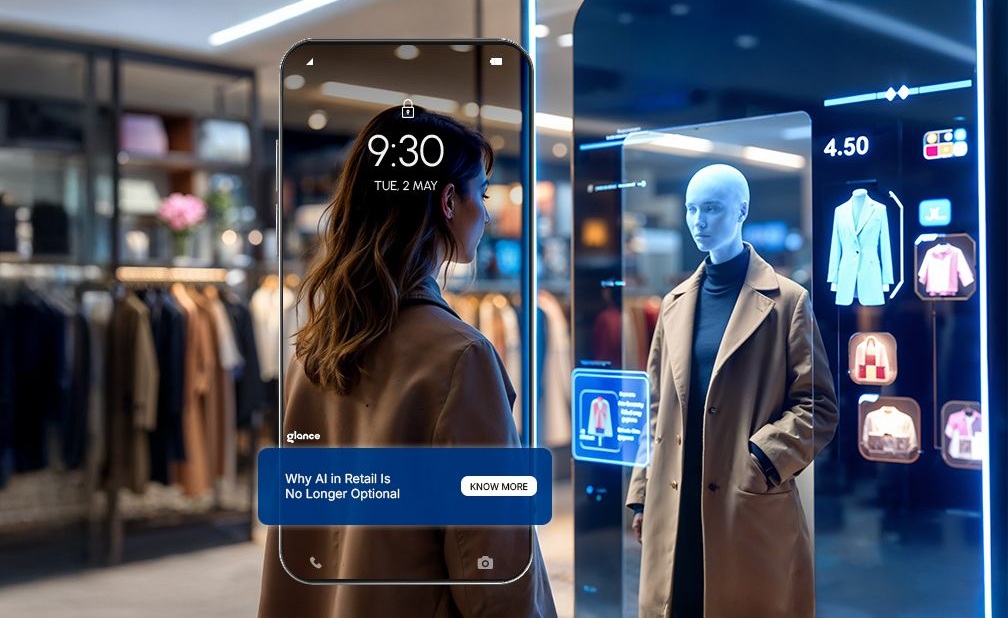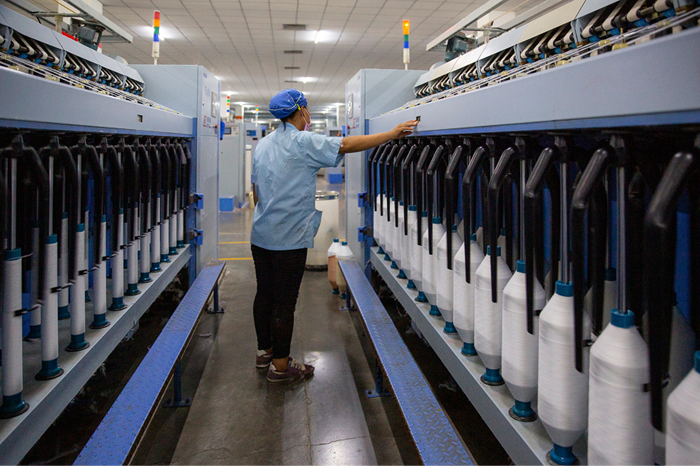
The pandemic-induced lockdown has catapulted online shopping for garments and accessories to a huge business for the fashion sector. As a great leveler, fashion became accessible beyond metros and Tier I cities, reaching out to larger consumer groups with purchase power in Tier II, III cities where many brands did not have a physical presence.
Traditionalists may have spoken about the advantage of tangible experience of shopping in a physical store, engaging ones senses of sight and touch, the success story of online shopping begs to differ to these pundits. What’s more, smart use of social media, technology and rich content, brought to life clothes and accessories for a customer to make a purchase decision. To corroborate this fact, many reputable brands have disclosed figures.
Gen Z takes the lead in online shopping
Puma for instance relies on online shopping for half its sales whilst H&M, Woodlands, Marks & Spencer and Arvind Fashions (Tommy Hilfiger, Calvin Klein, Arrow and U.S. Polo Assn.) attribute online sales as 42 per cent, 35 per cent, 25 per cent and 26 per cent respectively.
This phenomenal success story is being led by young consumers categorized as young millennial and Gen Z as they are natural inhabitants of the digital world and see no problem in living their fashion desires from online shopping. Many fashion and accessories brands are leveraging the popularity of e-platforms like Amazon, Myntra, Ajio and Flipkart to channel their sales whilst the big brands not only use these platforms but also offer their own branded e-stores.
Surprisingly, India’s department store chains are yet to experience the success story as substantially as individual brands. Westside, Pantaloons, Shoppers Stop and Lifestyle have reported positive growth but currently online sales contribute only between 6 to 10 per cent.
Growing online fashion marketplaces
As India surges ahead with the introduction of indigenous 5G network, online and smartphone penetration across the country is continually growing. Fashion marketplaces have become immensely popular after Myntra revolutionized this channel. Reliance’s Ajio and Tata’s Cliq are also catching up and consistently growing market share. Unhindered by individual brand guidelines, these e-commerce fashion sites are agile, quick to respond and provide customized portfolios for individual shoppers that have proven to be a winning strategy. Additionally, these marketplaces with their huge portfolio of brands don’t get as impacted on fickle brand loyalty.
Unprecedented growth of e-commerce
A recent Bain & Co. report projected for the next five years states, India will experience an annual growth rate of 25 to 30 per cent in online shopping. If this projections turns out to be true, India will then nudge the US out to become the world’s second largest online shopping market by 2024. In 2021, the Indian online shopper base was between 180 and 190 million. By 2027, the figures would read 400 to 450 million and valued at $150 billion. In 2022, the value is $50 billion, up 40 per cent compared to 2021. As online became the dominant channel and continue through 2022, many brands are now dedicating exclusive online collections and products that cater to a wider segment across price points.
Online shopping has spread across categories such as groceries, personal electronic devices, pharmaceuticals, etc but it is still the fashion sector that retains its pole position as the driver of India’s e-commerce boom.












